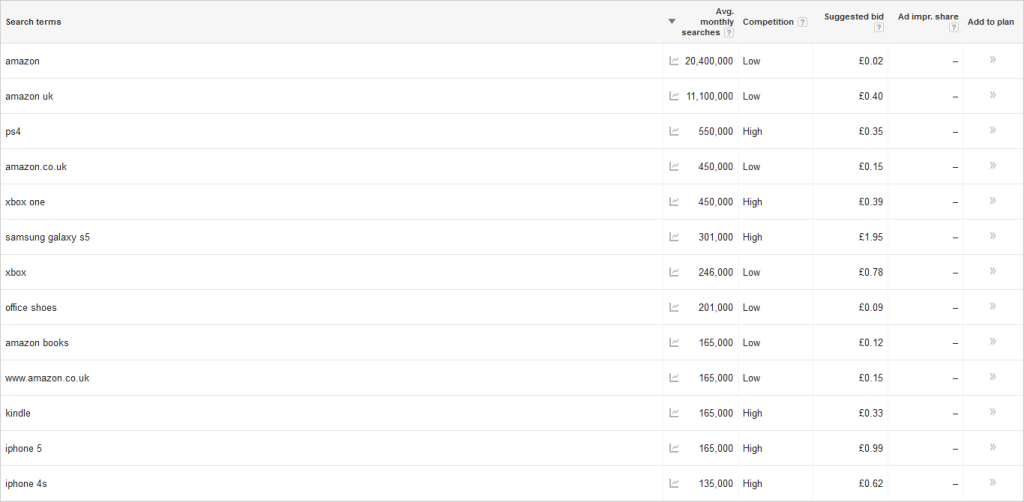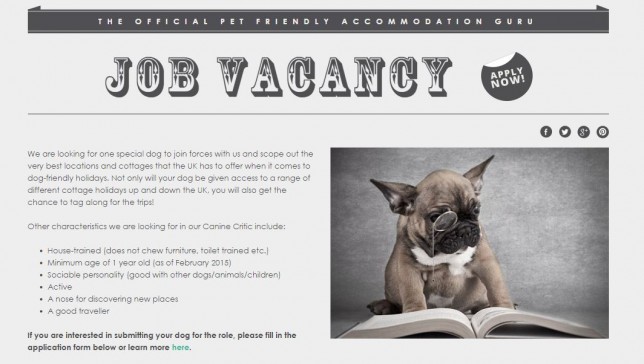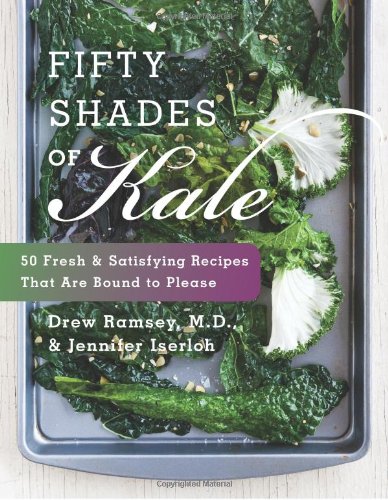Prior to the first Google Penguin update back in April 2012, many link builders were building quantity over quality links, by any means, building as many links as they could. Often, it would prove successful in that their client would rank number one, or at least above the fold for their targeted keywords.
Since that significant algorithm update, the focus of many link builders, or marketers, has changed. The target has predominately moved onto brand building for their businesses and clients alike, whilst any link building that is carried out is aimed at getting powerful and trusted links.
As Google’s algorithm changed, link building and marketing your products in the giant search engine has changed. No longer is it a quick job to build a couple of links.
Here are some practical tips and smart strategies to replace any risky link building you have been doing previously:
1. Buying Links?
A very popular method of gaining links only a couple of years ago was to purchase them from blogs. However, reading the Google link schemes article, you will see that it is recommended that you don’t go down this route.
Links purchased from sites that openly announce to selling them, and sites that are otherwise low class is your ticket to getting kicked out of Google!
Got money to purchase links? Then you’ve probably got money to invest in creating some content of high quality instead.
Creating something awesome is the new link building and marketing method – attracting backlinks naturally, and building brand awareness to your company and product.
Of course, it depends on your budget as to what you can create, but here are some examples of really cool items created from the advice of marketers, that got their clients a lot of good publicity:
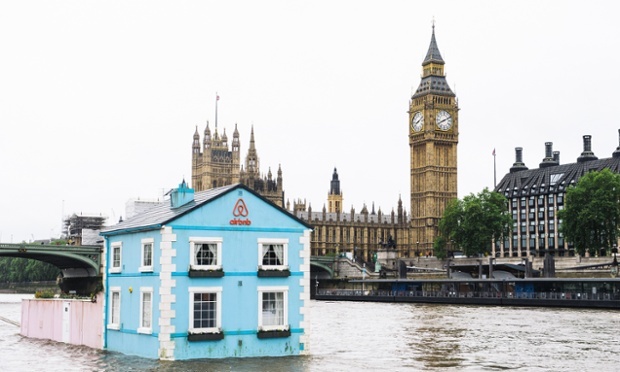
Airbnb decided to float a ‘house’ on the River Thames a few weeks ago – getting the story picked up and photographed by a number of national newspapers, including the Guardian, Independent and Time, amongst many others, London-related websites and lots of other websites too. Links and publicity for the stunt.

Bathrooms.com are currently looking for an official bath tester… for a duckling! The fun job they have come up with has got some press coverage, including national newspapers in the United Kingdom.
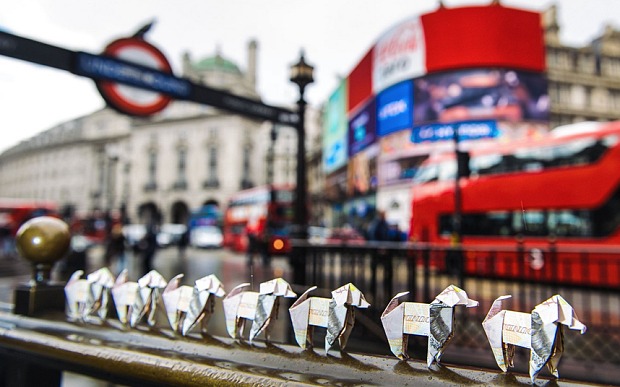
Towards the end of March, before most people’s payday, Beagle Street life insurance placed 500 £10 notes shaped as origami dogs on the streets of London.
The campaign was to simply put a smile back on the faces of the lucky people, according to the company’s managing director. And hopefully get people talking about… life insurance.
With payday still a few days away for many of us, a few lucky people who come across the paper canines today will receive a welcome pocket money boost.
2. Targeting Specific Keywords?
To get to the top position for a specific keyword, many marketers continue to be aggressive with their keyword-rich anchor text links.
Being too aggressive and building those links of low quality websites runs the risk of getting nowhere, or even going backwards by way of being penalised.
When I do a search for a few products on Google, Amazon are number one for a lot of them. I have cleared my cache, de-personalised the results and checked Amazon’s backlink profile. There are no exact match anchor text links for some of these products. In fact, in some instances there aren’t even any links to these product pages that are ranking at the top.
But they are 20 places better off than that little client of yours that you have just built 10 exact match links for…
Amazon has a natural link profile. Amazon has built up its trust with high quality citations from trusted websites.
Of all the keyword searches I make for products they have to sell, the keyword that has the most monthly searches in Google’s Keyword Planner is ‘Amazon’ – the brand name. And they face no competition for this keyword and 0% chance of being outranked in the SERPs for this keyword.
The list above is of Amazon brand name keywords and popular products their site sell (and rank for). You will notice their brand name and even ‘Amazon UK’ are even more searched for than people looking for PS4’s and Xbox One’s, as well as a number of phone models.
Even from a pay-per-click perspective, the brand bids for Amazon terms are minute for themselves in comparison to the products.
You may want to look at increasing your business, or your clients’ businesses brand awareness, and ultimately their brand searches…
Here are three examples of your average Joe and small businesses building their brand and awareness in the internet age:
Zoe Sugg, better known as Zoella built her brand from her bedroom using a camcorder and YouTube. The young fashion and beauty vlogger reviewed products on her channel to begin building a large following.
Nowadays, Zoella has more than 8.2 million subscribers and more than 451 million views on her YouTube channel and is reportedly paid up to £20,000 per product she advertises on her channel.
So much show, she spent £1 million on a new home in Brighton earlier this year. She had no financial backing or anything to begin.
Holiday Cottages recently ran a campaign looking for a ‘Canine Critic‘ to ‘scope out the very best locations and cottages that the UK has to offer when it comes to dog-friendly holidays’.
The prize for the owner of the winning dog was for a series of four free holiday stays for the dog. The prize for holiday cottages was a lot of press coverage.
With the release of the popular movie 50 Shades of Grey earlier this year, many companies jumped on the back of it to promote their own products.
One of our favourites was the book, ’50 Shades of Kale’. An excerpt from the book: ‘Release yourself from the bondage of guilt and start cooking meals with the ingredients you love: meat, cheese, and yes—even butter.‘
This book actually sold surprisingly well, and more importantly, was a great PR stunt from the couple behind the website.
3. Building Links on the Same Blogs as Your Competitors?
As a defensive tactic, or to try get on par with a competitive above, it is easy to want to build links on the same websites they have – especially when they don’t take much effort.
That’s all well-and-good to try get on par with them, but it can be a slow burner and you’re certainly not aiming for the top.
There are so many bloggers these days that sell links, or give links in exchange for product reviews that the value of their websites and the links from them are minimal. Is it worth the effort? Worth the money? Do you see any return on this when your website doesn’t go up in Google’s results and the blogs don’t send you any traffic?
This is another good reason to think bigger – aim for links in newspapers, magazines, and in general, big websites. The cost of all those blog links you have built (paying for the link, the cost of the product, the postage etc.), as well as the time sourcing them, contacting them, responding to them, arranging for product to be sent, following up with them etc. etc. – the same effort could be spent on doing something creative, something big – something that will generate you ‘free’ links and brand exposure. That is what you need to be aiming for.
Build big links your competitors don’t have – that is a quicker way to get above them. And build links and citations that will increase your brand searches – that’s users searching for your brand, presumably already interested your product or service.
